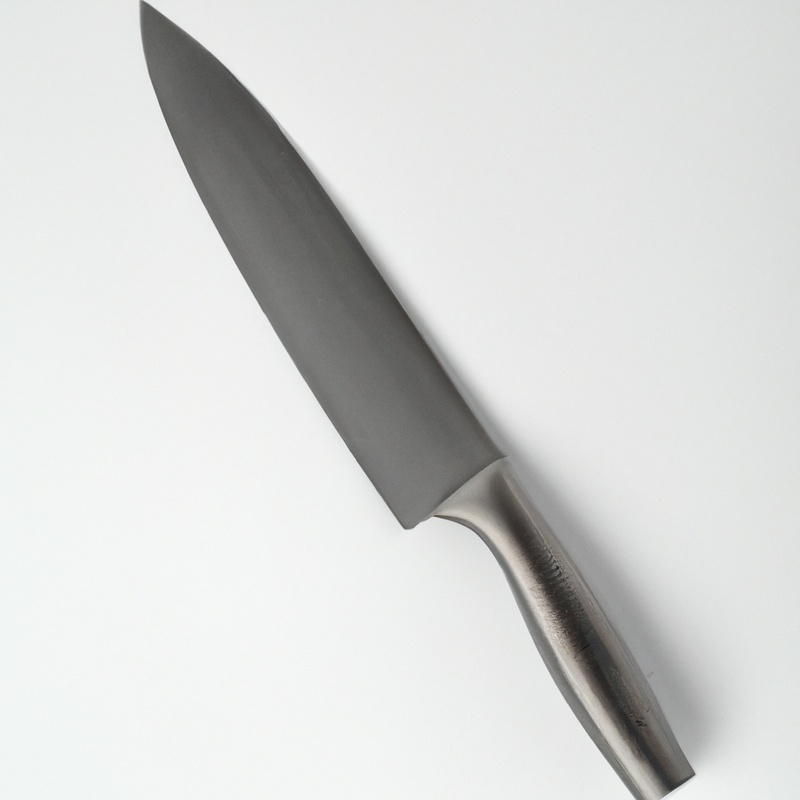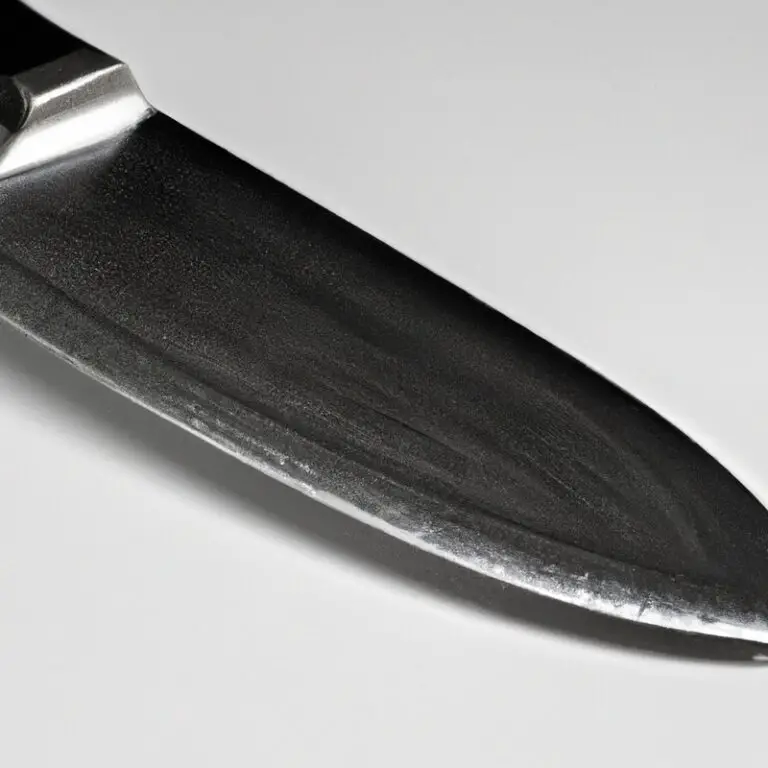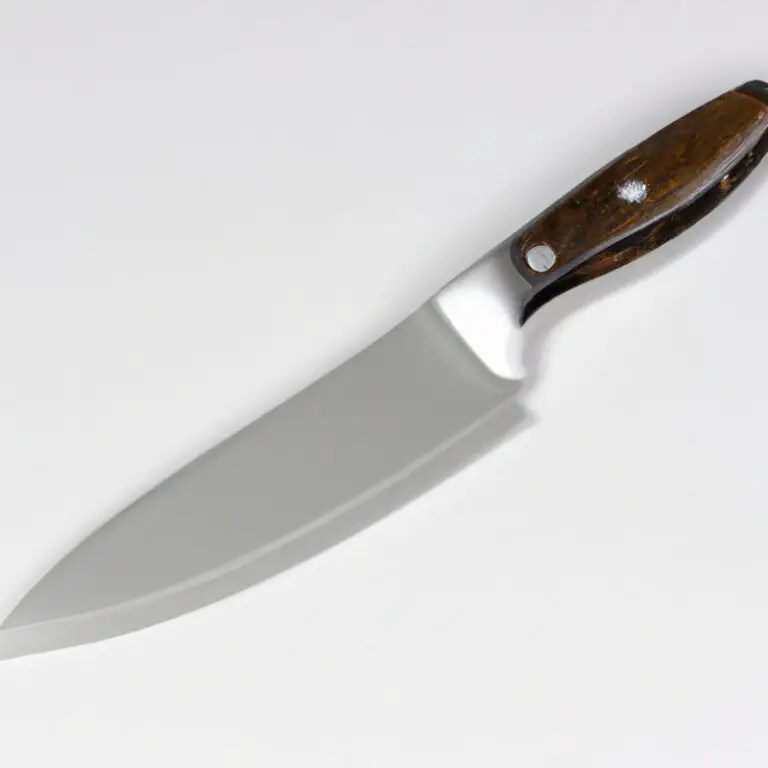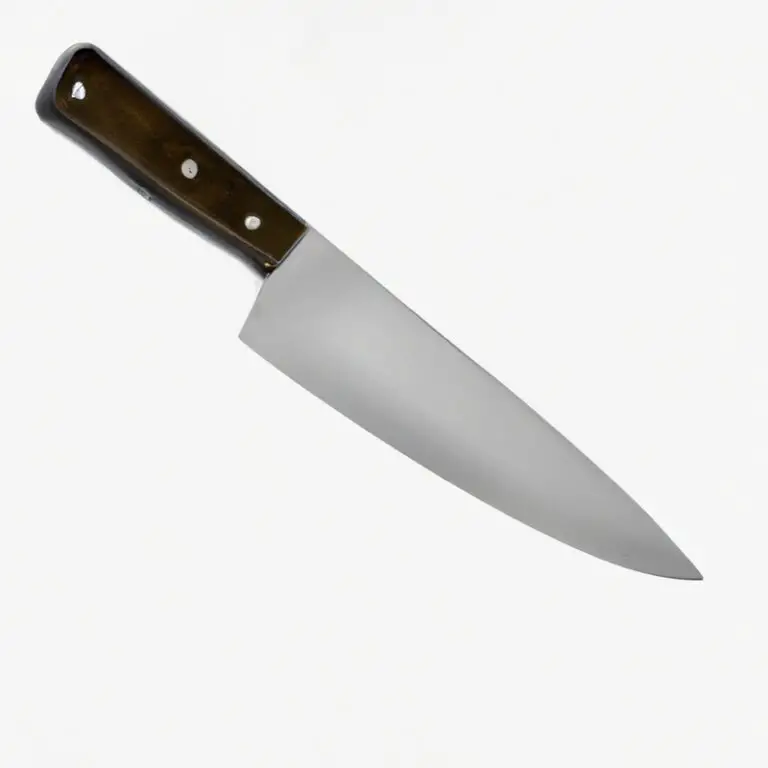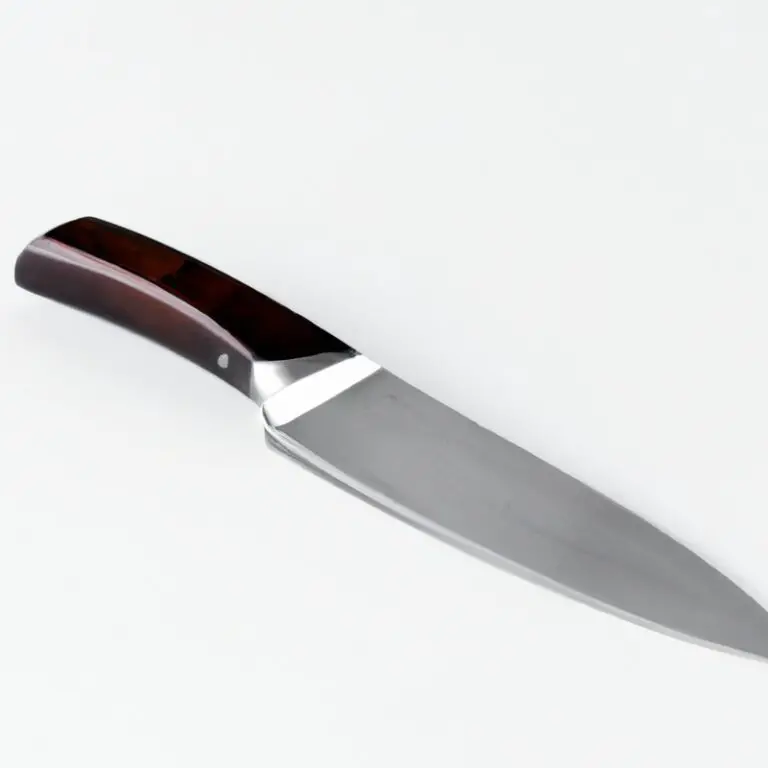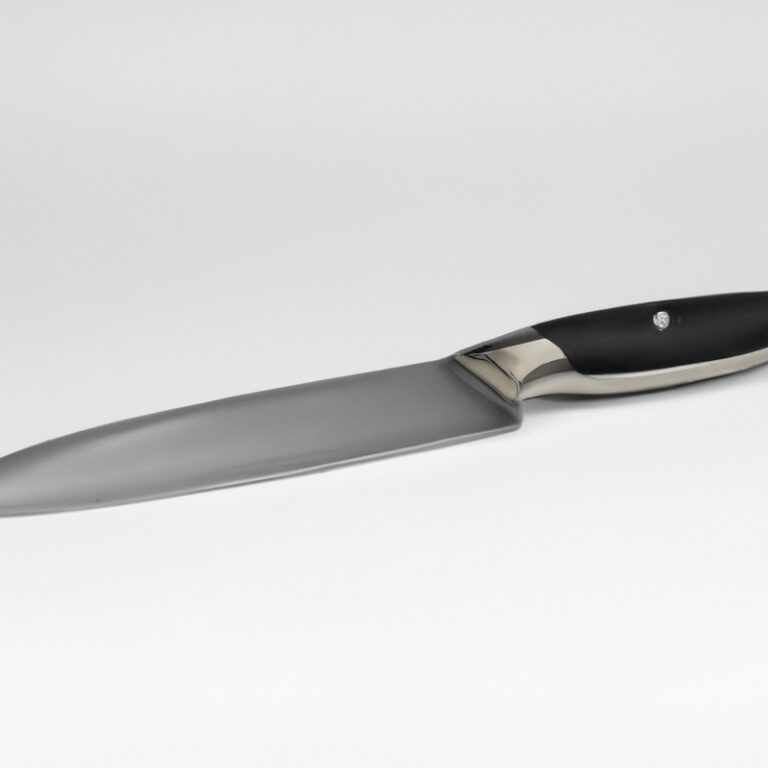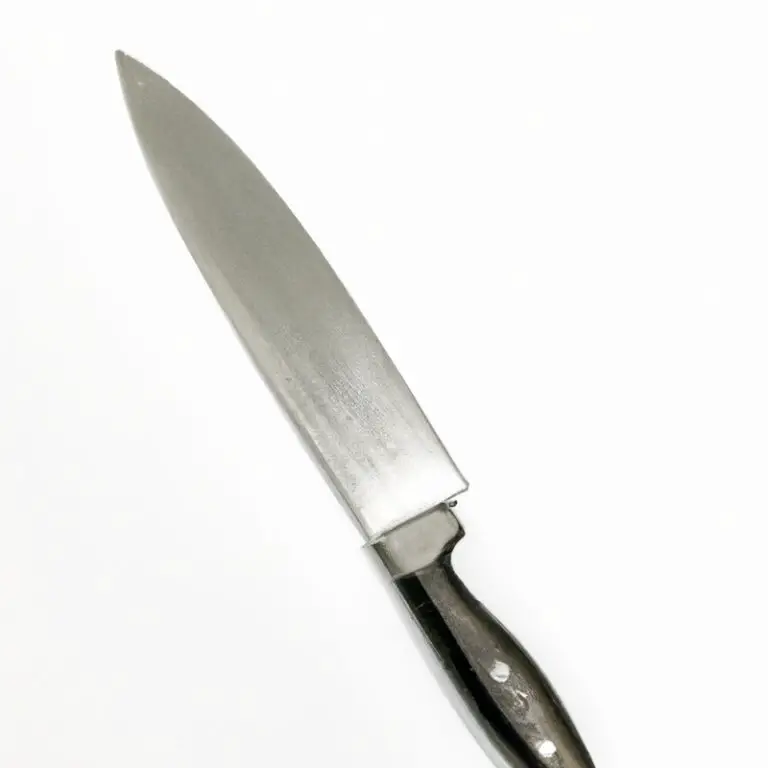How To Fillet a Golden Trout Using a Fillet Knife Like a Pro?
Key Takeaways:
- Choose a sharp and flexible fillet knife to make precise cuts and avoid damaging the meat.
- Begin by making an incision behind the gills and remove the head and entrails before proceeding with the filleting process.
- Follow the natural curves of the fish’s bones while applying gentle pressure to separate the meat from the skin.
- With care and practice, anyone can learn to fillet a golden trout effectively and create delicious dishes with the fresh, high-quality meat.
Golden trout, also known as the ‘jewel of the Sierra’ are one of the most coveted fish species among anglers. Bringing those golden trout fillets home is just the first step; the real challenge lies in filleting them.
But worry not! As an avid angler and expert fisherman, I’m here to share my knowledge and guide you through the step-by-step process of filleting a golden trout using a fillet knife.
From preparing the fish to selecting the right knife and serving it on your plate, this guide will cover everything you need to know to make the perfect golden trout fillet!
| Step | Description |
|---|---|
| Step 1 | Place the golden trout on a cutting board with its belly facing up. |
| Step 2 | Insert the fillet knife into the opening of the fish’s gill plate and slide it down towards the backbone, perpendicular to the spine. |
| Step 3 | Run the fillet knife along the top of the fish’s spine, cutting through the rib bones until you reach the tail. |
| Step 4 | Flip the fish over and repeat steps 2 and 3 on the other side of the fish, starting at the gill plate and working your way down towards the tail. |
| Step 5 | Remove the skin from each fillet by inserting the tip of the fillet knife between the skin and the flesh. Using a back-and-forth sawing motion, work the blade along the skin until the fillet is separated. |
Preparing the fish for filleting
Preparing the fish for filleting is the first and essential step in filleting a golden trout. To prepare the fish, ensure that it is thoroughly cleaned and scaled.
Rinse the fish under running water and pat it dry with a paper towel.
Place the fish on a clean cutting board and use a sharp knife to remove the head and tail. Next, make a cut along the spine of the fish, starting from the head down to the tail.
Repeat the process on the other side of the fish to obtain two fillets.
Once you have the fillets, remove the skin and any remaining bones. Proper preparation guarantees better results while filleting fish.
Understanding the anatomy of a golden trout
Understanding the anatomy of a golden trout is crucial before filleting. Golden trout have a unique anatomy, and it’s essential to know their body structure to avoid any mishaps while filleting.
Golden trout have a streamlined shape, making them agile swimmers, thanks to their slender body and pointed head that helps them maneuver quickly in the water.
The fish’s spine is a crucial part to take into consideration while filleting, as it is where the first cut is made from head to tail, and each fillet is separated from the bones to make it edible. Additionally, golden trout have a delicate rib cage, which requires careful attention while removing the fillet.
Overall, knowing the anatomy of a golden trout before filleting not only makes the process easier but also ensures the fillets are clean and without any bones.
Selecting the right fillet knife for the job
Choosing the right fillet knife is crucial for successful fish filleting. Look for a blade that is thin, flexible, and sharp, as this will make it easier to make precise cuts and remove the fillet from the bone.
A good fillet knife will also have a comfortable handle that provides a secure grip and reduces hand fatigue.
Consider the size of the fish you will be filleting, as this can affect the blade’s length. A longer blade works better for larger fish, while a shorter one is more suitable for smaller fish.
Additionally, electric fillet knives are an option for those who fillet fish frequently or have trouble using a manual knife.
Remember to keep your fillet knife sharp and in good condition to ensure clean cuts and reduce the risk of injury.
Setting up a safe cutting area
To set up a safe cutting area for filleting your golden trout, you should first ensure that you have a clean and spacious work surface. Choose a well-lit and well-ventilated area with ample room for your necessary tools, including your fillet knife, cutting board, and waste receptacle for scraps and parts of the fish you won’t consume.
Place a non-slip cutting board on a flat surface and use a towel or damp cloth underneath to prevent it from slipping while filleting your fish.
This will keep the fish from moving around and potentially harming yourself with the fillet knife. Make sure your fillet knife is sharp and clean and use a knife of appropriate length.
A fillet knife with a blade length that is equivalent to the length of your fish is recommended for effortless maneuvering.
Keep it at an arm’s length to minimize the risk of interference from other objects. Avoid distractions, keep your workspace dry, and keep a waste receptacle nearby to dispose of fish scraps and other garbage.
With these measures in place, you’ll set up a secure cutting area to prepare your golden trout.
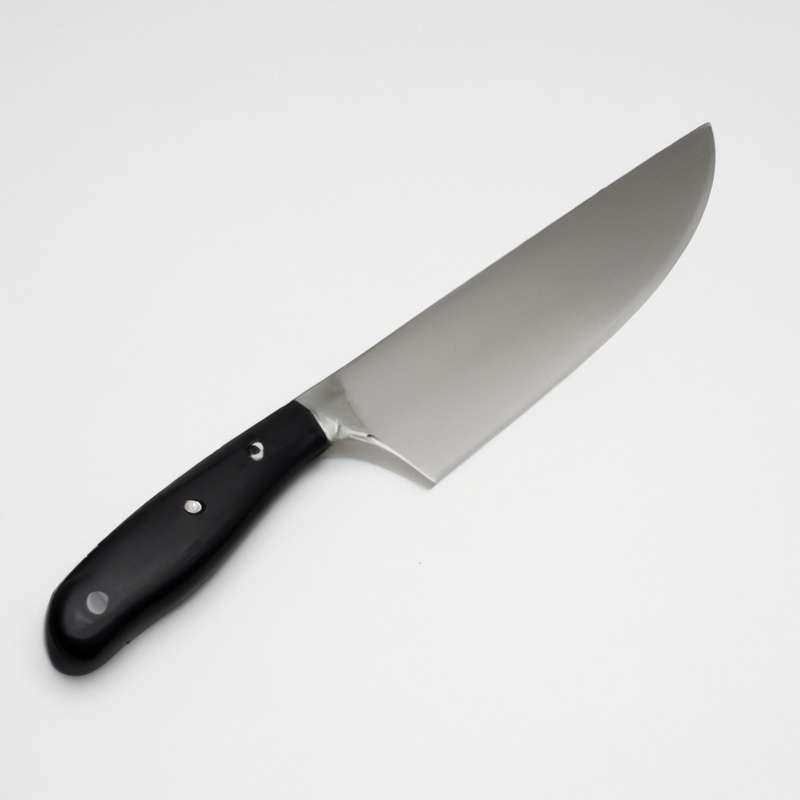
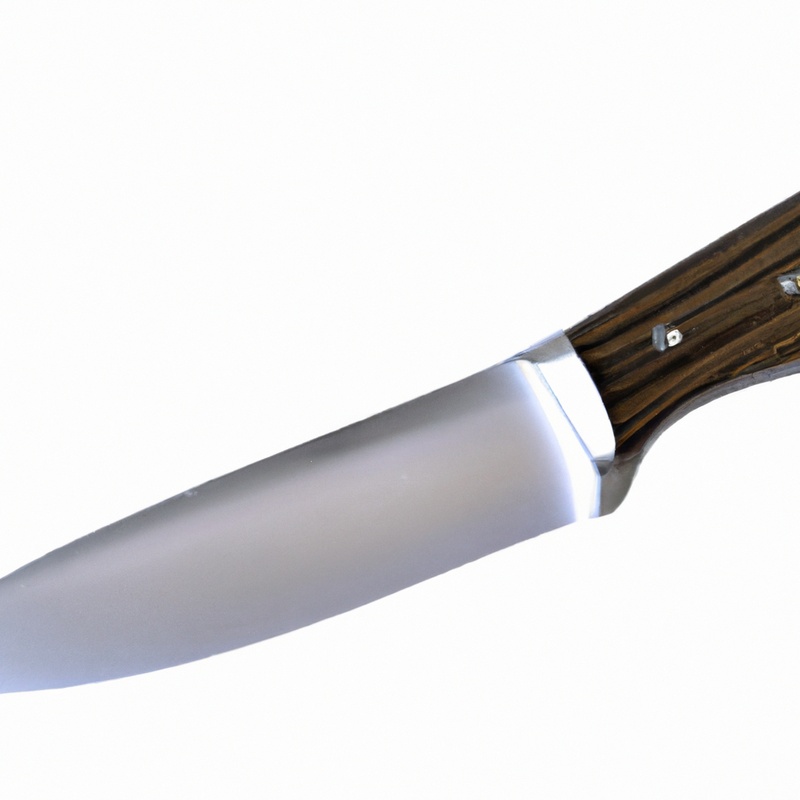
Removing the head and tail of the fish
To remove the head, start by placing the fish on a cutting board. Take a sharp fillet knife and make a cut behind the gills through to the spine.
Turn the fish and repeat the same process on the opposite side.
To remove the tail, hold the fish by the head and cut the tail off. Make a second cut through the soft skin around the tail to remove it completely.
Removing the head and tail of the fish not only makes it easier to fillet but also provides access to the belly cavity for cleaning out any remaining innards.
Properly removing the head and tail ensures precision when filleting your golden trout.
Starting the fillet cut along the spine
To start the fillet cut along the spine, place the fish on its side and hold it firmly by the head and the tail. Insert the tip of the fillet knife behind the gill plate on the top of the fish, just above the spine.
Then, slice downwards along the spine, cutting through the rib bones with the blade angled towards the head.
Follow the spine towards the tail, but don’t cut through the tail. Use your other hand to separate the flesh from the spine as you cut, and use a sawing motion with the knife to avoid destroying the fillet.
Once you have reached the tail, remove the blade and set the first fillet aside.
Repeat the process to fillet the other side of the fish. It’s important to maintain a steady hand when making the initial incision, as this sets the foundation for the rest of the filleting process.
With practice, you will be able to make smooth, even cuts along the spine and yield perfectly filleted fish.
Removing the first fillet from the fish
To remove the first fillet from a golden trout, hold the fish firmly by the head with one hand and make a cut behind the gills and pectoral fin towards the spine with the fillet knife. Turn the knife and slice down the length of the fish’s spine, keeping the blade as close to the bone as possible.
Once you reach the fish’s ribs, angle the blade slightly towards the tail and cut through them to release the fillet.
Repeat the process with the other side of the fish to get the second fillet. Be careful not to cut through the bones or leave too much flesh behind.
Repeating the process for the second fillet
To repeat the process for the second fillet, flip the fish over so that the uncut side is facing up. Starting at the tail, make a small incision near the spine and cut along the spine until you reach the head.
Use the fillet knife to gently release the flesh from the bones, taking care not to damage the meat.
Once the second fillet has been removed, discard the remaining bones and head.
Removing the skin from the fillets
To remove the skin from the fillets, place the fillet skin side down on a cutting board. Starting at the thickest end, insert the knife under the skin and make a small cut.
With your non-dominant hand, hold onto the skin and angle the knife towards the flesh.
Gently slide the knife along the fillet, using back and forth motion to separate the skin from the flesh. Repeat this process for the entire length of the fillet.
If you encounter any resistance, use the knife to cut through any remaining skin or connective tissue.
Once the skin is fully removed, inspect the fillet for any remaining bones or scales. Removing the skin from the fillets allows for a more enjoyable eating experience and also makes it easier to add seasoning or sauces.
With practice, you’ll be able to quickly and efficiently remove the skin from your golden trout fillets.
Removing any remaining bones from the fillets
After removing the skin from the fillets, it’s important to check for any remaining bones. Using a pair of tweezers, carefully remove any small bones that may have been missed during the initial filleting process.
Be thorough, as even one small bone can ruin the dining experience.
Alternatively, you can use a fish bone remover tool, which makes the process even easier. Once all the bones are removed, your golden trout fillets are ready to be cooked and served.
Tips for cooking and serving golden trout fillets
Cooking and serving golden trout fillets require attention to detail to ensure the best taste and texture. Here are some tips to help you make the most out of your filleted fish:
- Season the fillets: Use salt, pepper, and lemon to add flavor to the fish. You can also use herbs like parsley, thyme, or dill for added flavor.
- Choose the right cooking method: Golden trout fillets can be grilled, baked, sautéed, or pan-fried. Consider the thickness of the fillets when choosing the cooking method. You don’t want to overcook or undercook the fillets.
- Cook the fillets skin-side down: If you’re cooking the fillets with the skin on, start cooking them skin-side down. This will help to keep the fish moist and retain its flavor.
- Don’t overcook the fillets: Golden trout fillets are delicate and cook quickly. Overcooking can lead to a tough and dry fillet. Cook the fillets until they’re opaque and flaky. A good rule of thumb is to cook the fillets for 3-4 minutes per side.
- Serve with a side of vegetables: Golden trout fillets go well with roasted vegetables like asparagus, zucchini, or carrots. You can also serve the fillets with a side of rice or quinoa for a complete meal.
Remember, proper cooking and serving techniques are crucial to achieving a delicious meal. Follow these tips, and you’ll have a tasty golden trout fillet dish that will delight your taste buds.
Cleaning and caring for your fillet knife after use
After filleting your golden trout, it’s essential to clean and care for your fillet knife. Start by rinsing the blade under running water to remove any debris or fish scales.
Use mild soap and a soft sponge to gently scrub the blade, being careful not to touch the sharp edge.
Once cleaned, rinse the knife thoroughly and dry it with a clean cloth. It’s essential to thoroughly dry the blade to prevent rust and other damages.
Store the knife in a sheath or a knife block to protect the blade’s edge.
Avoid putting your fillet knife in the dishwasher, as the heat and water pressure can damage the blade and handle. Additionally, do not store the knife in a damp area or leave it in water for an extended period.
Regularly sharpening your fillet knife ensures it remains in optimal cutting condition.
You can use a sharpening stone or honing steel to sharpen the blade. Hold the blade at a 15-20 degree angle and run the blade along the stone or steel several times.
By following these care and maintenance tips, you can ensure that your fillet knife remains sharp and in good condition, ready to fillet your next catch.
Final Verdict
Filleting a golden trout may seem like a daunting task, but with the right tools and techniques, it can be a satisfying and rewarding experience. By understanding the anatomy of the fish, selecting the right fillet knife, and following proper safety precautions, you can successfully remove the skin, bones, and create delicious fillets to enjoy.
Remember to take your time, be patient, and practice makes perfect.
No matter your level of expertise, always respect the fish and the environment in which it was caught. With these skills and tips, you can confidently prepare and serve golden trout fillets for yourself and others.
Don’t forget to properly clean and care for your fillet knife after each use to ensure its longevity.
Happy fishing!

